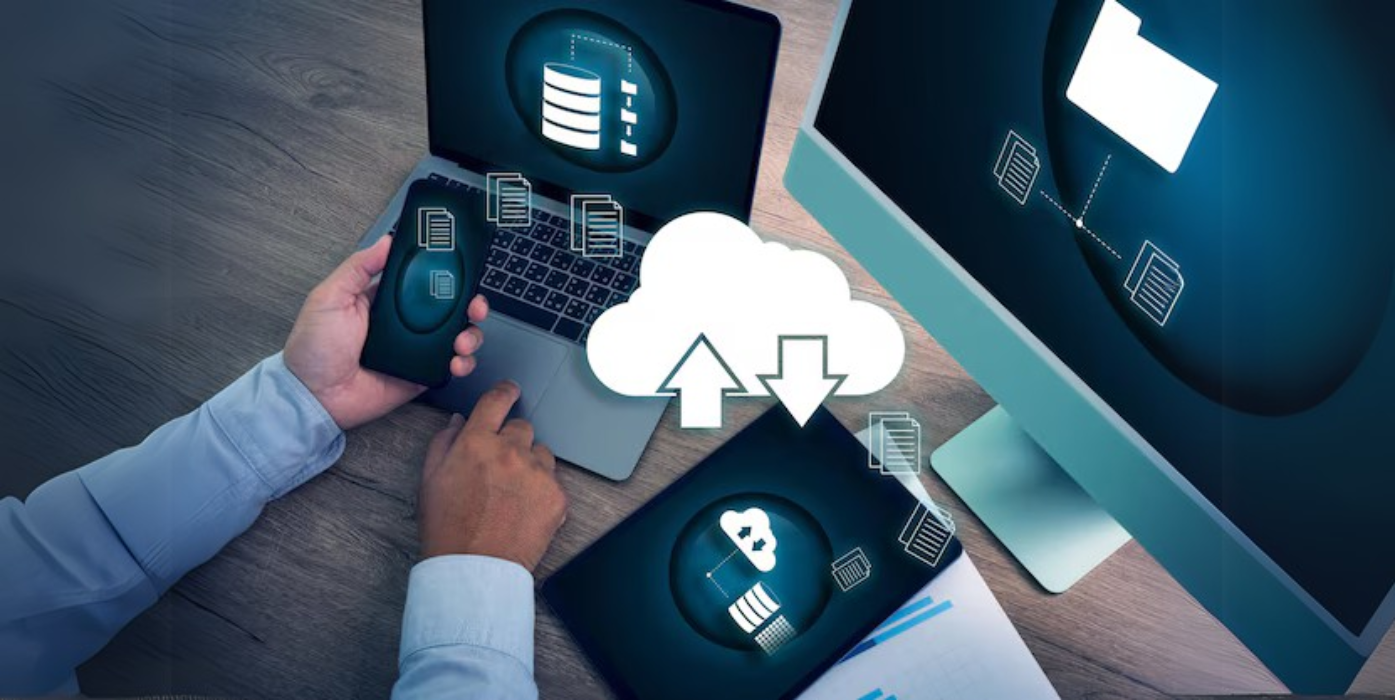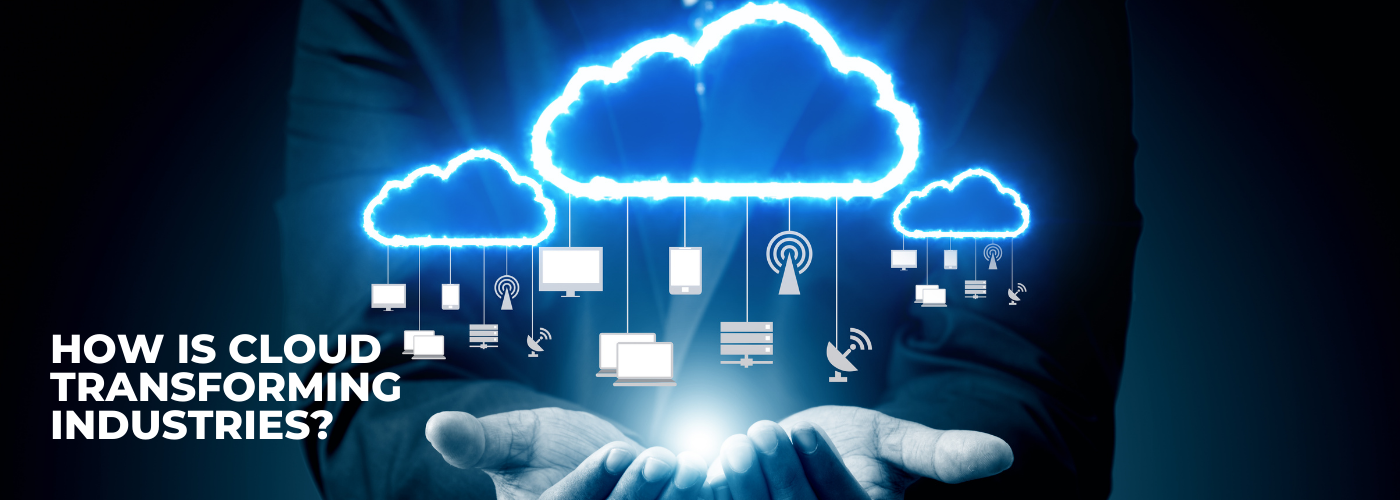Earlier, the spotting of malicious content in emails was quite an easy task. However, due to the rise in technology, it has become increasingly difficult to detect this malware. One of the primary reasons for it is that nowadays, these cyber-attacks are planned and executed by professionals, who make it seem like they have been sent from a known contact– might be a friend, your work colleague or from your bank.
Now, the question arises- what are the various ways to avoid such emails from infiltrating your system and threatening your data? Keep reading to learn more!
Keeping your IT security system up to date:
If someone in your organization accidentally opens a malicious email, then the chances of your data being attacked are reduced if the following layers of security are already present in your system: firewall, antivirus, spam filtering, web protection, backup, and patch management. However, it is integral to remember that these programmes need to be constantly maintained and updated. Every day, the world of cyber-security gets to witness a new malware that is attacking companies around the globe. For example, in May 2021, a group that goes by the name of ‘Nobelium’, launched a global attack in which more than 3000 email accounts across 150 organizations were affected.
Adding a Layer of Protection to Microsoft Advanced Threat Detection:
By using Microsoft Exchange Online or Office 365 for your emails, you get to add an extra layer of security on Microsoft’s inexpensive Advanced Threat Detection software. This provides real-time protection against unfamiliar attacks. All the suspicious content must go through a routine behavioural malware analysis that uses Machine Learning (ML) techniques for evaluation. Any data that seems unsafe is sandboxed in a detonation chamber before being sent to its intended recipient(s).
Overall, it is considered a very useful tool as it rules out the factor of human error.
Using Multi-Factor Authentication (MFA):
The MFA is a simple, yet effective method of verifying your identity. It incorporates two different methods for authentication, the first one is usually entering a password, followed by entering a code sent to your phone via text message. Many applications, like Twitter, have a two-factor authentication system which is like an additional layer of security to your Twitter account.
You can ask your IT administrator to set up an MFA for Office 365 so that all the members of your organization can utilize it.
The backup tools for your data must be of premium quality:
Imagine, if all the important apps and data of your company get affected by malware. How will you manage it? The answer to this question is, having an outstanding backup and recovery strategy.
Now, how can an organization assess that they have a well-performing backup and recovery system? The following points can be considered:
Your service must provide the provision of at least one off-site cloud backup. The company must try to make it as isolated and protected as possible.
Consider the following questions:
- Does your service provider frequently back up your critical data and applications? If yes, then is the process continuous or not? Can you afford to lose your most critical data and applications for even a brief period, without adversely affecting your company’s revenue and profitability?
- What is the threshold of productivity that you are comfortable in losing, if you are unable to access your core business applications? The duration of restoring your entire data may take anywhere between half a day to an entire week, depending solely upon the size and complexity of the backup. This means that it might take a while before you can resume your work, which could really stir up your schedule.
- Do your backups undergo regular testing? If not, then your organization is under a significant risk of having a backup that fails to restore when needed the most. Any leading backup service will always include the automated testing of your backups in its package.
The above-mentioned list might not cover all the aspects, but it certainly covers the most critical ones to protect your organization’s system and data. The rule of thumb is, the more you automate the process of handling malicious content, the better it is for your company. Contact us today to get the best assistance for protection against cyber-attacks!









